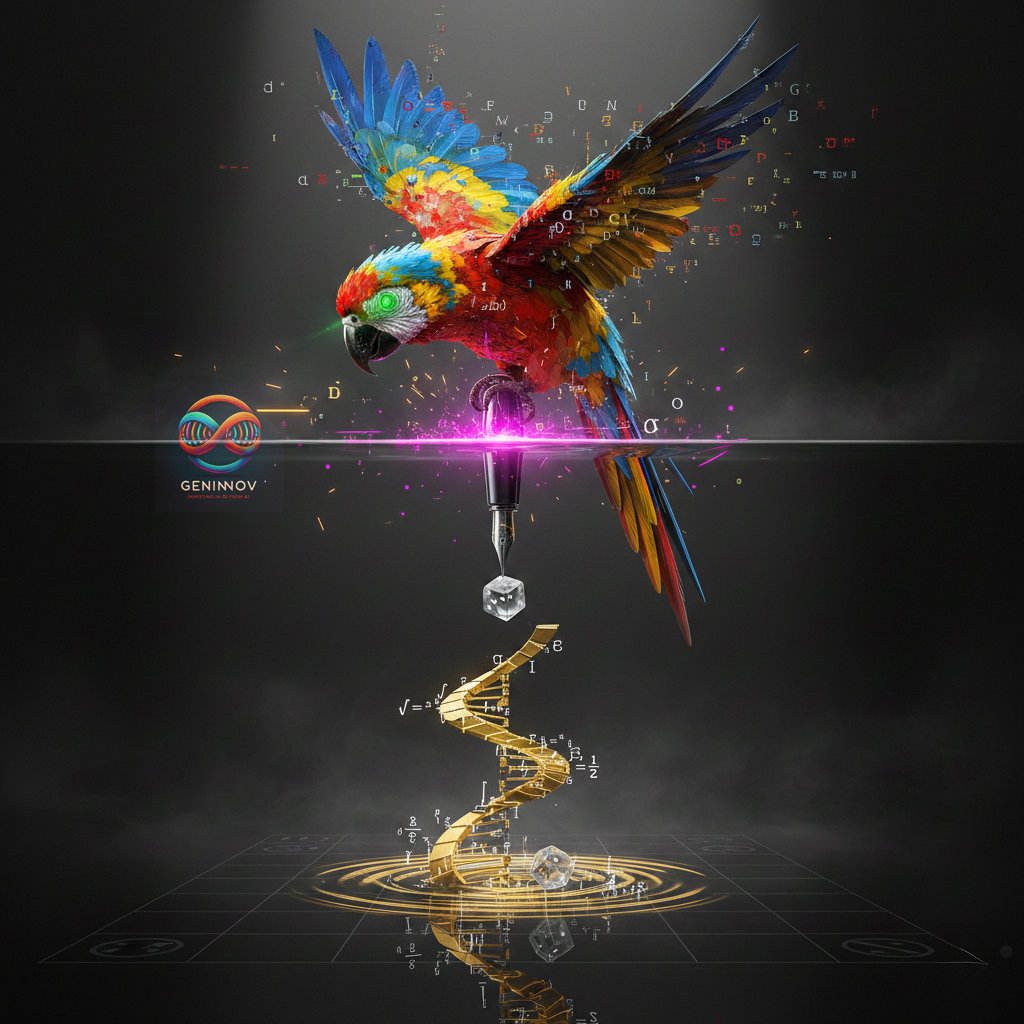From 1992 to 2008 was the Era of Change. The average consumption basket had a complete overhaul, with product categories vanishing and emerging at a dizzying pace. Quietly, we entered the Era of Incrementalism from around the GFC, marked by stagnant consumption patterns and gadgets receiving mere version upgrades. Now, we stand at the precipice of a new era – the Era of Hyperchange – fueled by the embodiment of AI and the rise of killer apps. Future generations will likely reflect on it through consumption and corporate capex basket changes.
The current generative AI landscape, despite its impressive advancements, rests on a shaky foundation. Analysis of the payment flows makes this apparent quickly. While upstream players, including GPU giants, are enjoying a cash windfall thanks to the explosion in compute demand, the downstream developers utilizing AI models struggle to translate this technology into tangible productivity gains or revenue streams. Evidence of this disconnect lies in the increasing use of share-based payments, as highlighted in our previous analysis (https://bit.ly/3vnXfl0).
In other words, the profit explosions of AI upstream and infrastructure have yet to find adequate reflection in demand or productivity enhancements downstream. Stories of developer struggles are accumulating, with the software segment in the throes of an unprecedented pace of change.
Software commoditization, in some ways, is sharpening attention on the hardware moats, but current trends remain skewed upstream, creating a precarious imbalance. The path to sustainability and genuine value creation lies in the embodiment of AI—transforming its potential into tangible products and services that consumers and businesses are eager to embrace.
In the jargon of the bygone days, we finally have killer apps, thanks to GenAI. Gadget changes should follow.
Recent developments highlight the industry's focus on embodiment. NVIDIA, Tesla, Google, and Apple seem to target different versions of robotics. One may add Amazon, too, in the same basket with its Cobots. Microsoft is focusing on increasing the demand for End Point Compute by bringing Copilot offline. OpenAI's rumored foray into smartphone development further underscores the trend of AI embodiment. Away from the US giants, GPU-spiked, AI-enabled phones, game consoles, laptops, and PCs are on the way.
An upstream-downstream rebalance, like the hardware-software rebalance so far, will inevitably create new winners and losers in the global equity landscape. If the recent quarters have seen the rise of previously overlooked memory and GPU makers, the next chapter may well belong to the players driving the gadget replacement cycle.



